The Absolute Terror of Political Power Disappearing Into Thin Air
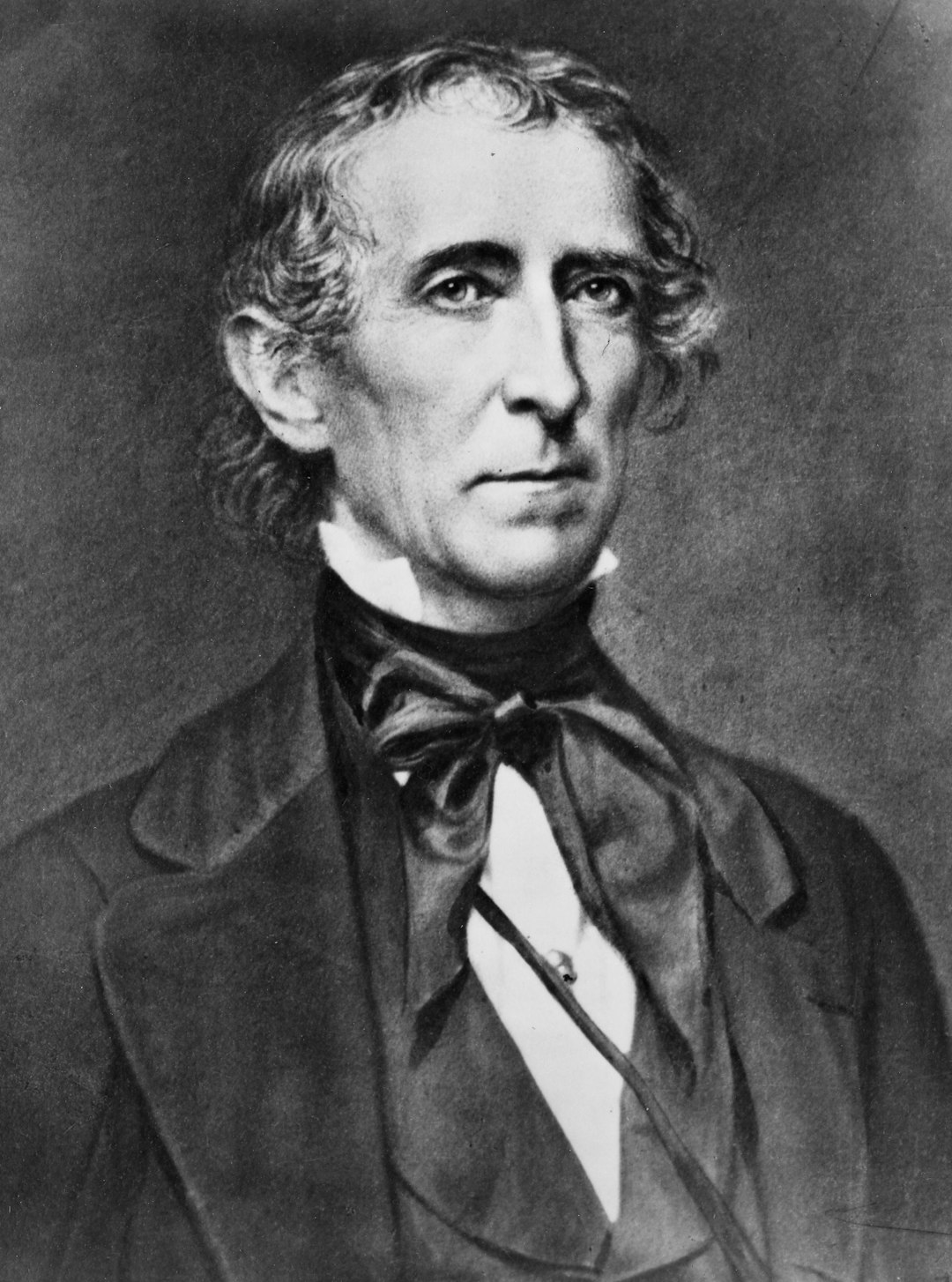
When you think about it, nothing is more unsettling than watching power simply evaporate. One moment, a leader commands armies, makes life-changing decisions for millions, and wields unimaginable influence. The next moment? They’re gone without a trace, leaving behind only empty offices and haunting questions. Throughout history, powerful figures including explorers, monarchs and leaders, colonists, philosophers and thinkers, scientists, outlaws and authors have disappeared under mysterious or unknown circumstances. These vanishings aren’t just historical footnotes – they reveal the fragile nature of political authority and the dark forces that can swallow even the most protected individuals. Throughout history, leaders from all walks of life have simply vanished without a trace. These aren’t cases of obvious assassinations or natural deaths—these are genuine mysteries where the fate of kings, presidents, activists, and influential figures remains unknown. What makes these cases particularly chilling is how they challenge our assumptions about power and protection.
Harold Holt: When Australia Lost Its Swimming Prime Minister
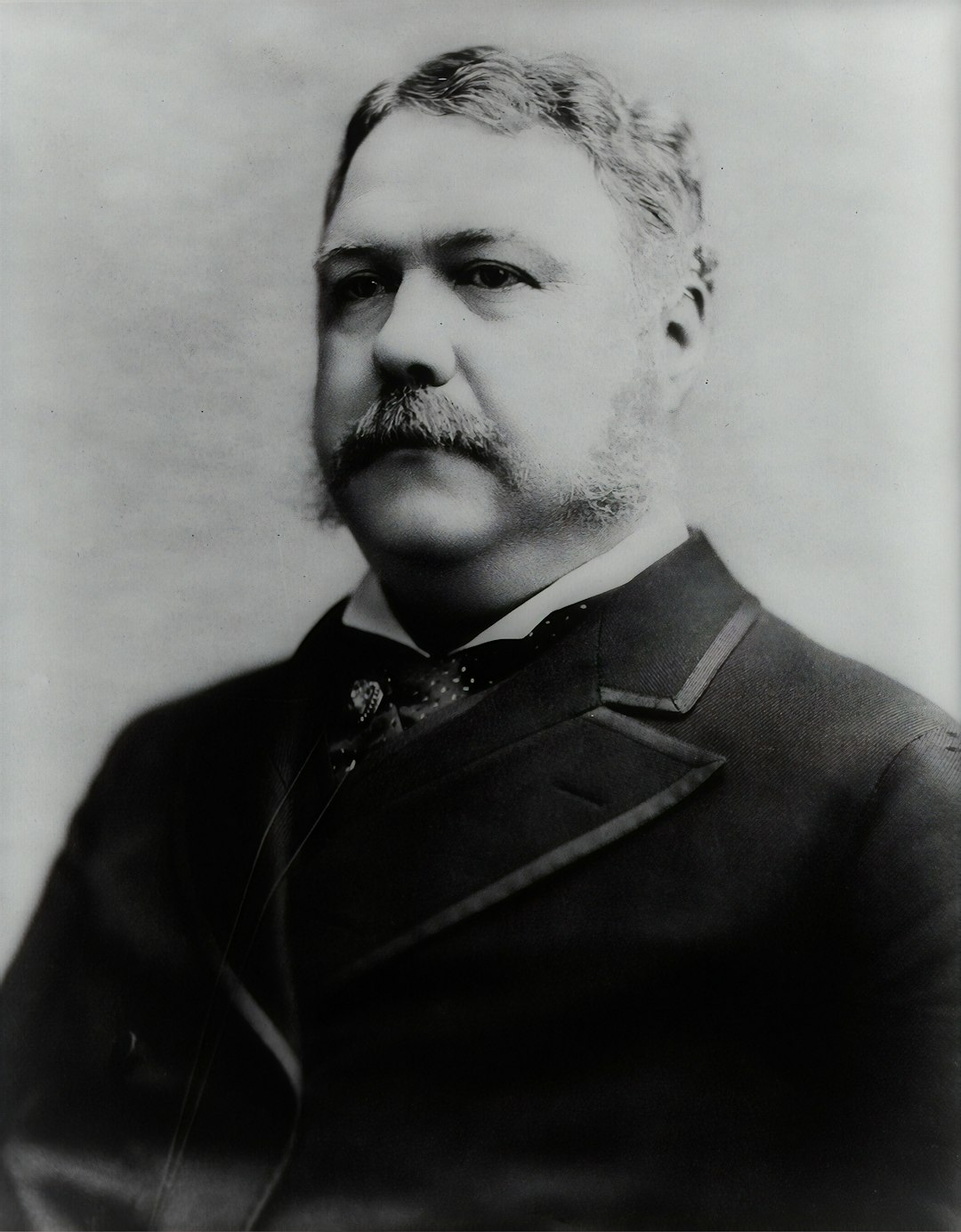
Harold Edward Holt (5 August 1908 – 17 December 1967) was an Australian politician and lawyer who served as the 17th prime minister of Australia from 1966 until his disappearance and presumed death in 1967. On 17 December 1967, Harold Holt, the 17th prime minister of Australia, disappeared while swimming in the sea near Portsea, Victoria. The sheer audacity of a sitting Prime Minister vanishing while taking a casual swim boggles the mind. ‘I know this beach like the back of my hand’, Holt said before venturing out into the the turbulent conditions. It was later concluded that high winds, rough seas and rip tides overcame him. What happened next was extraordinary – an enormous search operation was mounted in and around Cheviot Beach, but his body was never recovered. What followed, according to Holt’s biographer Tom Frame, was “one of the largest search operations in Australian history”. The conspiracy theories that followed were even wilder than the disappearance itself. In one particularly colourful theory, Holt was allegedly a Chinese spy who was simply scooped up by a CCP submarine. This latter idea has been widely debunked, including by Holt’s wife, who famously scoffed that her husband ‘didn’t even like Chinese food’.
Arthur of Brittany: The Medieval Prince Who Challenged King John
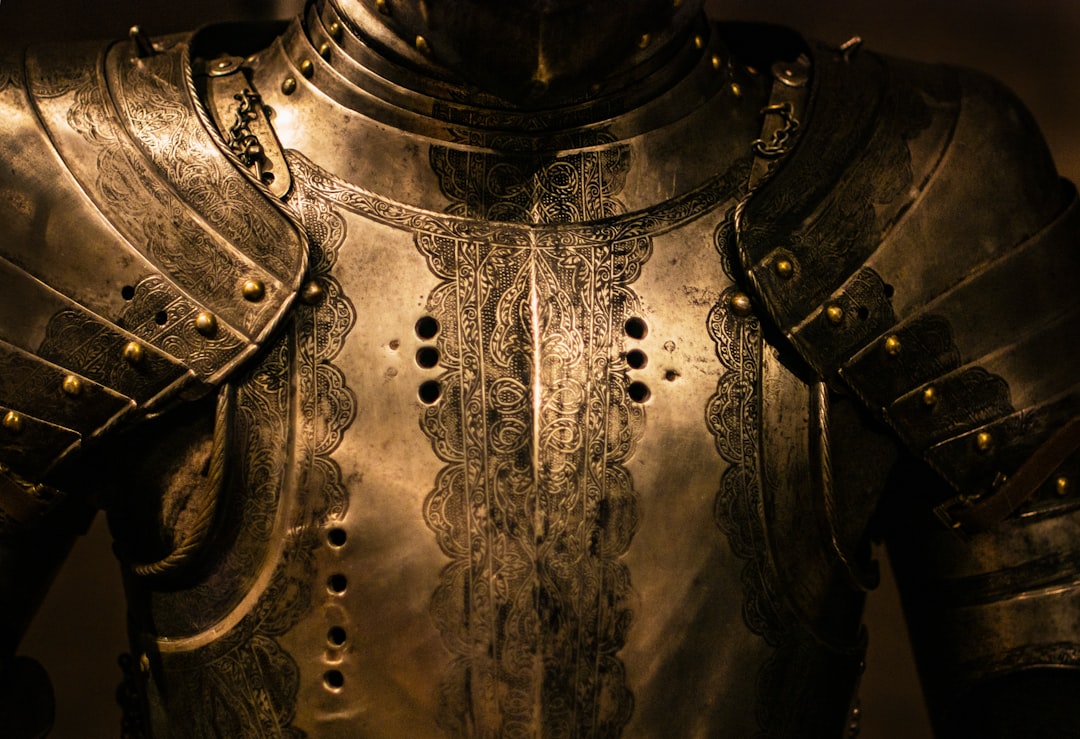
Arthur I (Breton: Arzhur 1añ; French: Arthur 1er de Bretagne) (29 March 1187 – presumably 1203) was 4th Earl of Richmond and Duke of Brittany between 1196 and 1203. He was the posthumous son of Geoffrey II, Duke of Brittany, and Constance, Duchess of Brittany. Through Geoffrey, Arthur was the grandson of King Henry II of England and Duchess Eleanor of Aquitaine, and the nephew of King Richard I of England. This teenage prince had a legitimate claim to the English throne, which made him incredibly dangerous to his uncle King John. The rightful heir to England’s throne disappeared in 1203 while being held prisoner by his uncle, King John. Arthur posed a serious threat to John’s rule since he had a legitimate claim to the crown. Historical records suggest John might have personally murdered his nephew, but Arthur’s body was never found, creating one of medieval history’s greatest puzzles. What’s truly disturbing is how the machinery of medieval justice failed this young duke. Arthur vanished in April 1203, in the background of several military victories by Philip II of France against King John. Arthur’s disappearance gave rise to various stories. One account was that Arthur’s gaolers feared to harm him, and so he was murdered by John directly and his body dumped in the Seine. The political ramifications were enormous – Arthur’s disappearance helped destroy the Plantagenet empire in France.
Emanuela Orlandi: The Vatican Girl Who Knew Too Much

Emanuela Orlandi (born 14 January 1968) was a Vatican teenager who mysteriously disappeared while returning home from music school in Rome on 22 June 1983. The case received worldwide attention due to the public appeal of Pope John Paul II for her release after an unnamed terrorist organisation claimed to be holding the girl in exchange for the liberation of Mehmet Ali Ağca, the Turkish terrorist who had attempted to assassinate the Pope two years prior. Here’s where the story gets truly sinister – one of Orlandi’s school friends stated that days before her disappearance, Emanuela came to her with a secret; she had been “bothered” by a person “very close to the Pope,” and her friend was led to believe it was sexual in nature. An incident like this made Orlandi a huge threat to the Church’s reputation, putting her in a vulnerable position: at the mercy of one of the world’s most powerful institutions. The Vatican’s response was suspicious from day one. On the 3rd of July 1983, two weeks after Orlandi’s disappearance, Pope John Paul II addressed the Orlandi family during a speech in St. Peter’s Square. He expressed his wish for her to be ‘returned’ to her family, despite it never being publicly stated that she had been abducted. This was the first sign that the Vatican knew more than they were letting on.
Jimmy Hoffa: The Union Boss Who Crossed the Wrong People

Jimmy Hoffa was a powerful Union leader who served as President of the International Brotherhood of Teamsters from 1958-1971. Hoffa had powerful ties to organized crime and was last known to have been attending a meeting with two mob leaders at a Detroit restaurant when he disappeared in 1975. His story perfectly illustrates how power can make you both untouchable and incredibly vulnerable at the same time. Savvy, smart, and no-nonsense, Jimmy Hoffa started out as a union organizer and by 1958 had climbed the ranks to become the president of the Teamsters, the largest labor union in the United States. It was widely known that many of the Teamsters’ dealings were deeply corrupt. He was avidly pursued by federal authorities, whom he managed to evade until 1964, when he was sent to federal prison for jury tampering and a host of other crimes. What makes Hoffa’s case fascinating is how it demonstrates the thin line between legitimate power and criminal enterprise. He was only free for about four years before he vanished from a Michigan restaurant, where he reportedly went to meet with Mafia leaders. Many speculators believe the powerful union boss was murdered, pointing to his criminal record and the likelihood that he had enemies. Despite massive FBI investigations, including recent searches in 2021 and 2022, nothing of evidentiary value was discovered during that search.
The Lost Colony of Roanoke: When 117 People Simply Vanished

The disappearance of some 100 settlers from their colony on Roanoke Island (now in North Carolina) in the late 1580s remains an unsolved—and still compelling—mystery embedded in American history. The disappearance of some 100 settlers from their colony on Roanoke Island (now in North Carolina) in the late 1580s remains an unsolved—and still compelling—mystery embedded in American history. By the time he returned in 1590, the settlement and all its people were gone. This wasn’t just one powerful leader disappearing – this was an entire community of colonial leaders and settlers who held the future of English colonization in their hands. When he returned three years later, the settlement was completely deserted and all of its inhabitants had vanished. The only clue they had left behind was a single word carved into a wooden post: “Croatoan,” the name of a local—and friendly—Native American tribe. The political implications were staggering for the English crown. Whatever the case, the fate of the colonists is “the biggest unsolved mystery in American history,” William Kelso, emeritus director of archaeology and research at the Jamestown Rediscovery Foundation, previously told Live Science.
Amelia Earhart: The Aviation Pioneer Who Flew Into History

Amelia Earhart disappeared in 1937 during an attempt at a circumnavigational flight around the world. After becoming the first female to complete a solo flight across the Atlantic Ocean in 1932, Earhart toured the US on a lecture circuit, seeking to empower other women and girls to pursue aviation as she had. In 1937, the renowned aviator embarked twice on an attempt to complete a 29,000 mile flight around the world. Earhart wasn’t just a pilot – she was a symbol of women’s liberation and American technological supremacy during a crucial period in history. The pair had set off for a remote island in the Pacific Ocean called Howland Island from Lae, New Guinea, traveling more than 22,000 miles and completing nearly two-thirds of the historic trip before running dangerously low on fuel. They disappeared somewhere over the Pacific Ocean on July 2, 1937. Rescuers looked for the pair for about two weeks, but Earhart and her companion were never found. Her disappearance represented more than just a personal tragedy – it symbolized the dangerous edge of human ambition. In 1939, despite a lack of major breaks in the case, Earhart was officially declared dead by a court order. (One expert previously told TIME that her death might have been legally declared so that Earhart’s husband could remarry.) To this day, her fate remains a mystery and a topic of debate.
Al-Hakim: The Mad Caliph Who Rode Into the Night

Al-Hakim was a 10th–11th-century ruler of the Fatimid dynasty who was known for his erratic and contradictory leadership. He led for 25 years (996–1021) of his known 36 years of life, during which time he, for instance, established a generous policy to support the poor only to follow it with some astonishingly harsh or strange edict such as forbidding women to leave their homes and then forbidding cobblers to make or sell women’s footwear. This Egyptian caliph wielded immense power across North Africa and the Middle East, making his sudden disappearance all the more shocking. One night in February 1021 al-Hakim rode out of Cairo. He was never heard from again, nor was his body ever found. The timing couldn’t have been worse for the Fatimid Empire – losing an absolute ruler without any preparation for succession created massive political chaos. What makes al-Hakim’s case particularly intriguing is how his eccentric behavior before disappearing suggests either mental instability or perhaps knowledge of an impending threat. His vanishing marked the beginning of the decline of Fatimid power in the region, showing how one leader’s disappearance can alter the course of entire civilizations.
Yingluck Shinawatra: Thailand’s Vanishing Prime Minister
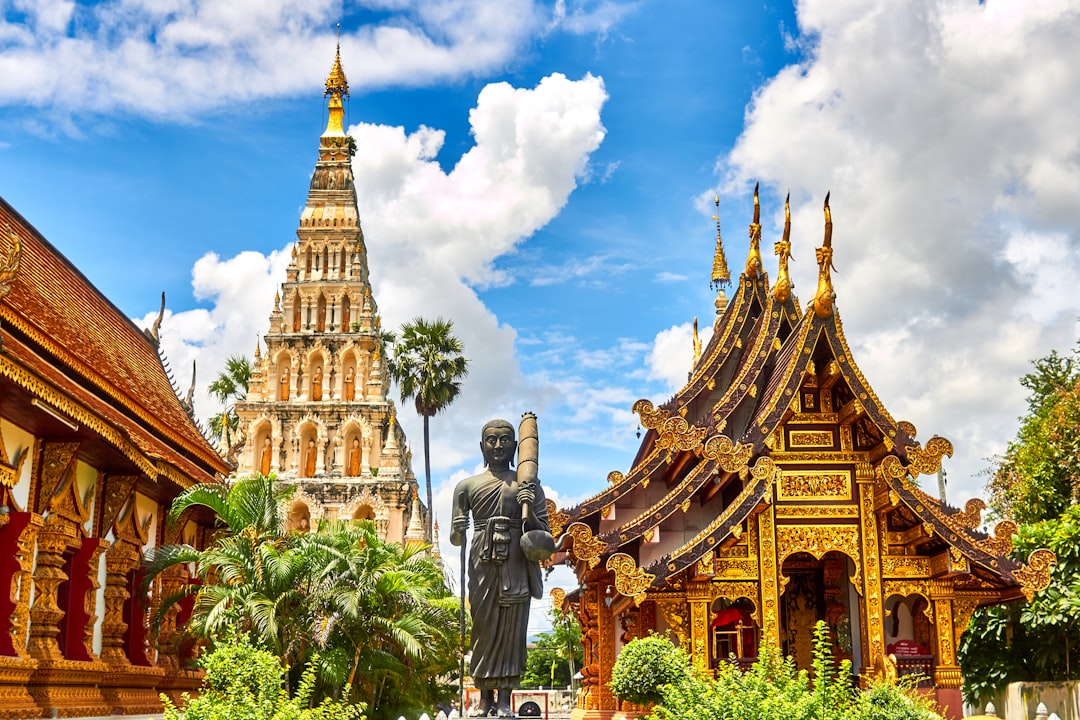
Thailand’s first female Prime Minister vanished just before the Supreme Court was set to deliver a verdict in her 2017 criminal negligence trial. Yingluck had been a major political force during Thailand’s tumultuous period of massive protests and political instability. She simply didn’t show up for the court hearing—while some believe she fled to Dubai, her exact whereabouts remain officially unknown. This modern case shows how political disappearances haven’t stopped in the digital age – they’ve just become more sophisticated. Yingluck’s vanishing act represents a new kind of power disappearance where political leaders can potentially escape justice by simply choosing the right moment to disappear. Unlike historical cases where leaders vanished due to external forces, Yingluck appeared to orchestrate her own disappearance to avoid criminal prosecution. This raises uncomfortable questions about accountability for powerful leaders in the modern world. Her case demonstrates that even in our interconnected, surveillance-heavy era, someone with enough resources and connections can still vanish when the stakes get too high.
Ambrose Bierce: The Writer Who Walked Into Revolution
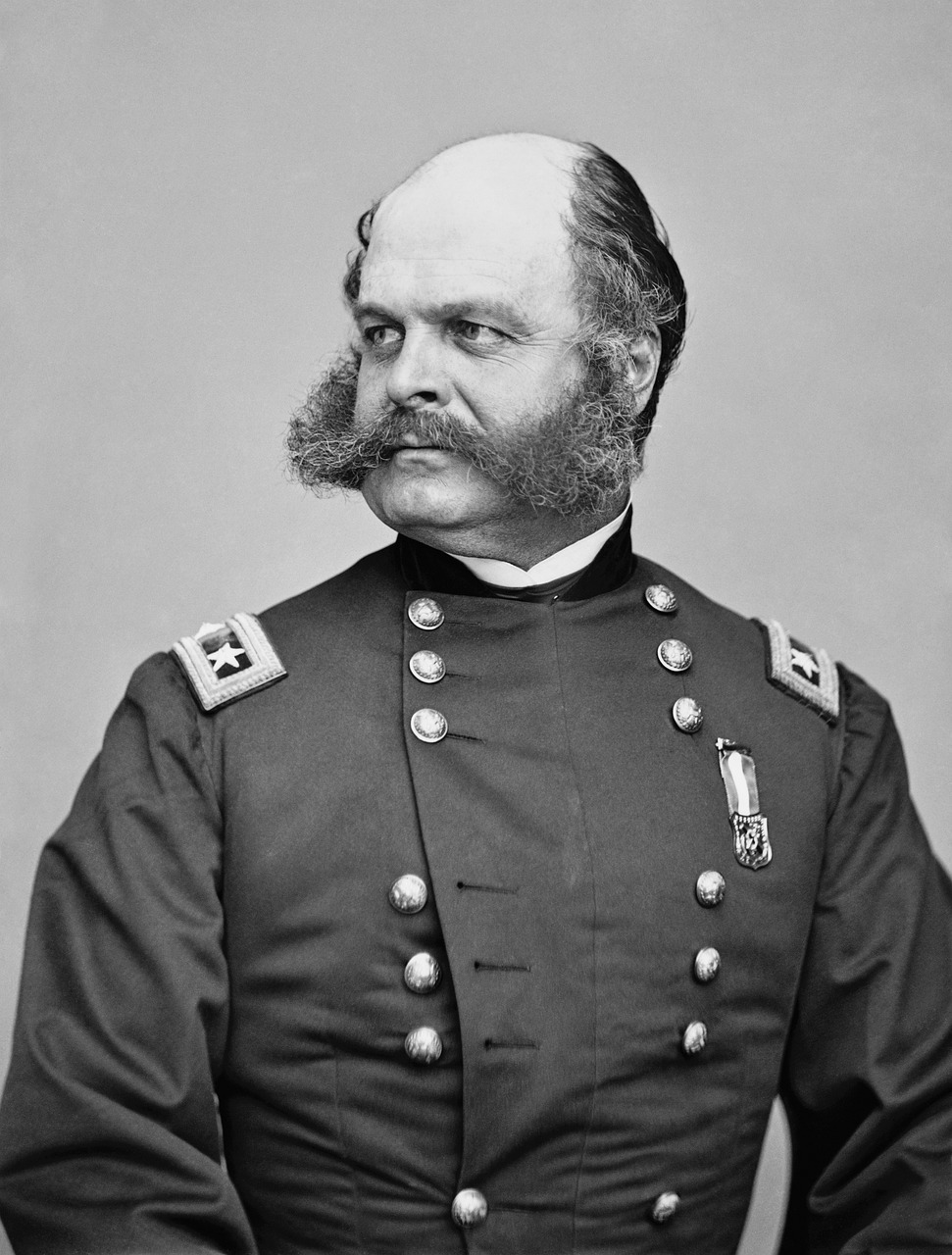
The famous author of The Devil’s Dictionary disappeared while traveling through Mexico during its revolution. His fate is a mystery. Ambrose Bierce was known for his sharp wit and cynical writings, making his disappearance all the more intriguing. Bierce wasn’t just any writer – he was a powerful voice in American literature with significant political influence through his journalism. Bierce was known for his caustic wit and fearless reporting, making him enemies on all sides of political conflicts. At age 71, he traveled to Mexico to observe Pancho Villa’s revolutionary forces and was last seen in the city of Chihuahua. Despite numerous investigations and alleged sightings, no trace of him was ever found—making his disappearance one of America’s greatest literary mysteries. What makes Bierce’s case particularly fascinating is how it illustrates the dangerous intersection of journalism and political power. His willingness to walk into an active war zone at 71 years old speaks to either incredible courage or reckless disregard for personal safety. The Mexican Revolution was consuming everything in its path, and Bierce became just another casualty – but unlike soldiers or politicians, his disappearance robbed America of one of its most important literary voices.
Glenn Miller: The Big Band Leader Lost Over the English Channel

The big band leader vanished while flying over the English Channel during World War II. No wreckage was ever found. Glenn Miller was a musical icon whose disappearance shocked the world. Miller’s influence extended far beyond entertainment – he was a crucial morale booster for Allied forces during World War II, making his disappearance a significant blow to wartime propaganda efforts. His music and influence continue to resonate, even as his fate remains uncertain. The mystery of Miller’s disappearance adds to his legend, intertwining with the drama and uncertainty of the wartime period. His story is a poignant reminder of the unpredictability of life. What’s particularly haunting about Miller’s case is how it represents the randomness of wartime disappearances. Here was someone whose job was to bring joy and normalcy to troops, yet he became another victim of the war’s chaos. The fact that no wreckage was ever found despite extensive searches suggests either mechanical failure over water or potentially something more sinister. Miller’s disappearance shows how even those serving in supposedly “safe” roles during wartime remained vulnerable to the conflict’s unpredictable nature.
Judge Crater: New York’s Most Famous Missing Man

A New York Supreme Court justice vanished on a summer night, earning him the nickname “The Missingest Man in New York.” Judge Crater’s disappearance in 1930 stirred public fascination and media frenzy. Known for his flamboyant lifestyle and judicial role, his vanishing act remains unsolved. Despite numerous investigations and alleged sightings, Crater’s fate is still a matter of speculation. His case is a reminder of the enigma that can surround even the most public figures. Crater’s disappearance perfectly captured the corruption and excess of the Jazz Age, when even judges could have secret lives that ultimately destroyed them. The timing of his disappearance – right before potentially damaging revelations about judicial corruption – suggests someone with powerful enemies decided he knew too much. What makes Crater’s case so compelling is how it revealed the dark underbelly of New York’s legal system during Prohibition era. His flamboyant lifestyle and mysterious financial dealings painted a picture of a justice system riddled with corruption, making his disappearance seem almost inevitable.
William Morgan: The Freemason Who Threatened Secret Societies

William Morgan, a former captain in the War of 1812, became infamous for threatening to expose the secrets of Freemasonry in 1826. Shortly after announcing his plans to publish a tell-all book, Morgan disappeared under suspicious circumstances, never to be seen again. His mysterious vanishing led to widespread speculation and anti-Masonic sentiment across the country. Morgan’s case represents one of the earliest examples of how challenging powerful secret societies can be literally deadly. Many believe that Morgan was kidnapped and possibly murdered by those who wanted to keep Masonic secrets hidden. His disappearance sparked one of the earliest conspiracy theories in American history, questioning the influence of secret societies in public affairs. The case of William Morgan highlights the power dynamics and fear surrounding secret societies in the


